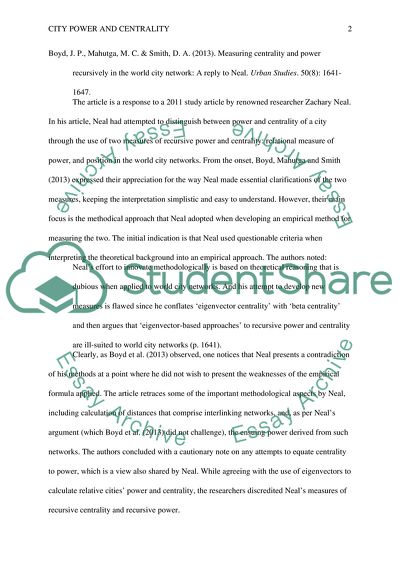Cite this document
(Analysis of Articles about City Power and Centrality Annotated Bibliography, n.d.)
Analysis of Articles about City Power and Centrality Annotated Bibliography. https://studentshare.org/politics/1856667-part1-essay-proposalpart2-annotated-bibliographypart3final-essay
Analysis of Articles about City Power and Centrality Annotated Bibliography. https://studentshare.org/politics/1856667-part1-essay-proposalpart2-annotated-bibliographypart3final-essay
(Analysis of Articles about City Power and Centrality Annotated Bibliography)
Analysis of Articles about City Power and Centrality Annotated Bibliography. https://studentshare.org/politics/1856667-part1-essay-proposalpart2-annotated-bibliographypart3final-essay.
Analysis of Articles about City Power and Centrality Annotated Bibliography. https://studentshare.org/politics/1856667-part1-essay-proposalpart2-annotated-bibliographypart3final-essay.
“Analysis of Articles about City Power and Centrality Annotated Bibliography”. https://studentshare.org/politics/1856667-part1-essay-proposalpart2-annotated-bibliographypart3final-essay.


